The Lake District has more than 16 lakes and numerous tarns plus a stretch of coastline. Here you can discover how to access and explore our lakes and waters safely - from hiring boats, kayaks, canoes and paddleboards, renewing boat permits, lake byelaw information and fishing permit, to handy information about the ecology of the lakes. You'll also find water safety advice for swimming, boating, rowing, sailing, windsurfing, kayaking, paddleboarding and fishing.
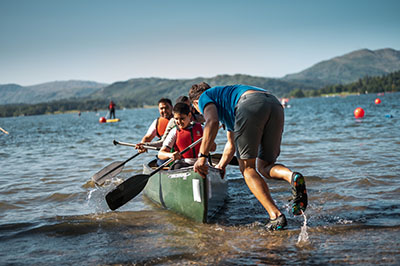
A simple, handy guide to activities on our main lakes in the Lake District National Park. From swimming and paddleboarding to kayaking and boating and who to contact for each lake. Lakes Activities Guide
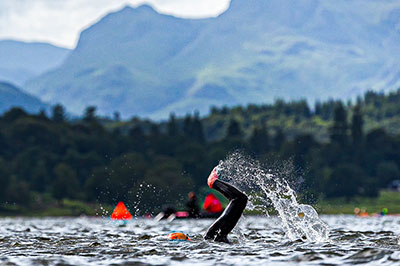
Learn about the swim safe code and some simple guidelines to help keep you and others safe. Plus, discover where you can swim and be inspired by swimming groups, sessions and events at Swimming.
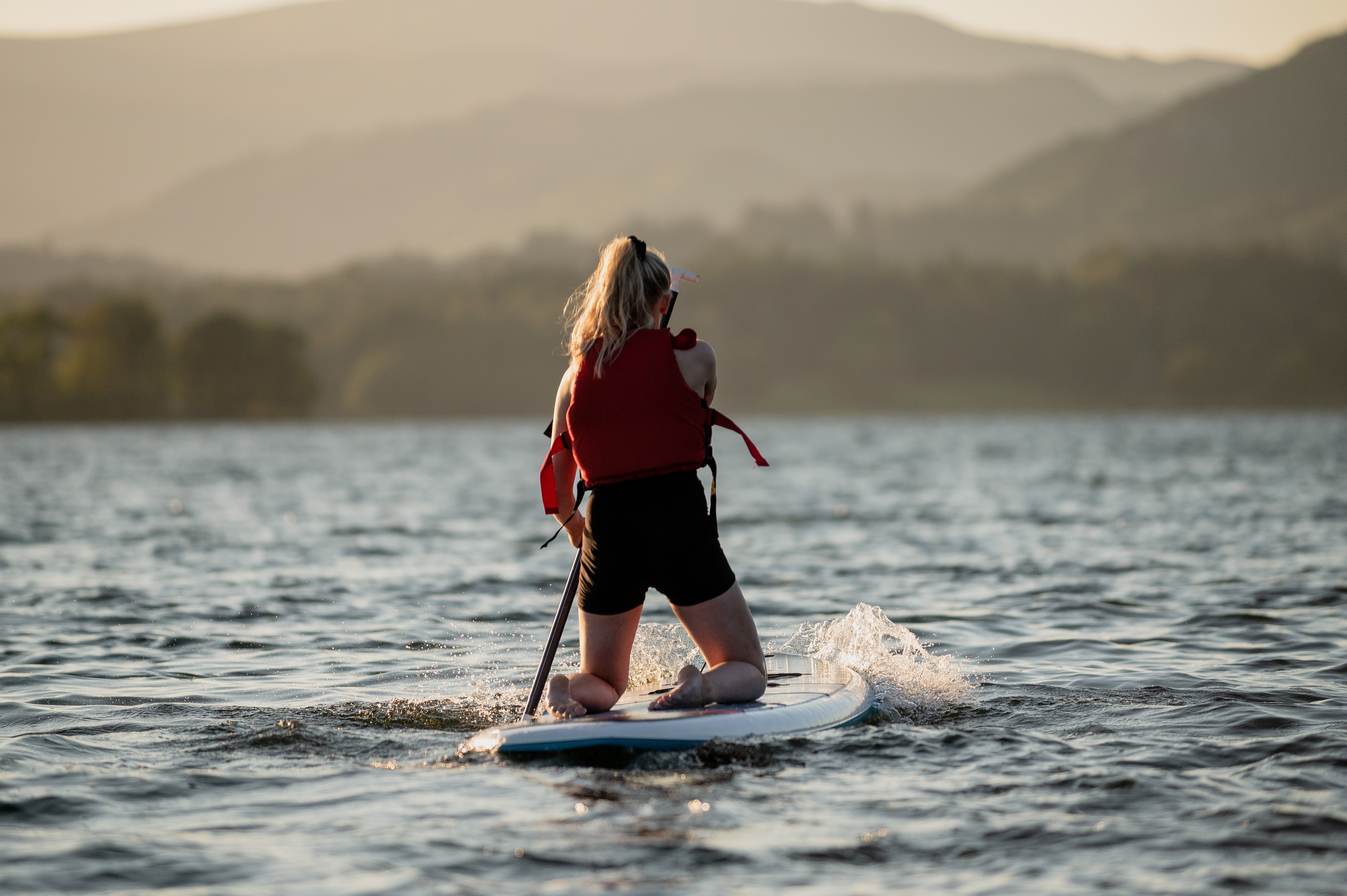
Discover how to create your own adventure and take to the water safely in a canoe, kayak or on a paddleboard. Find safety information and information on equipment hire at Paddleboarding & kayaking.
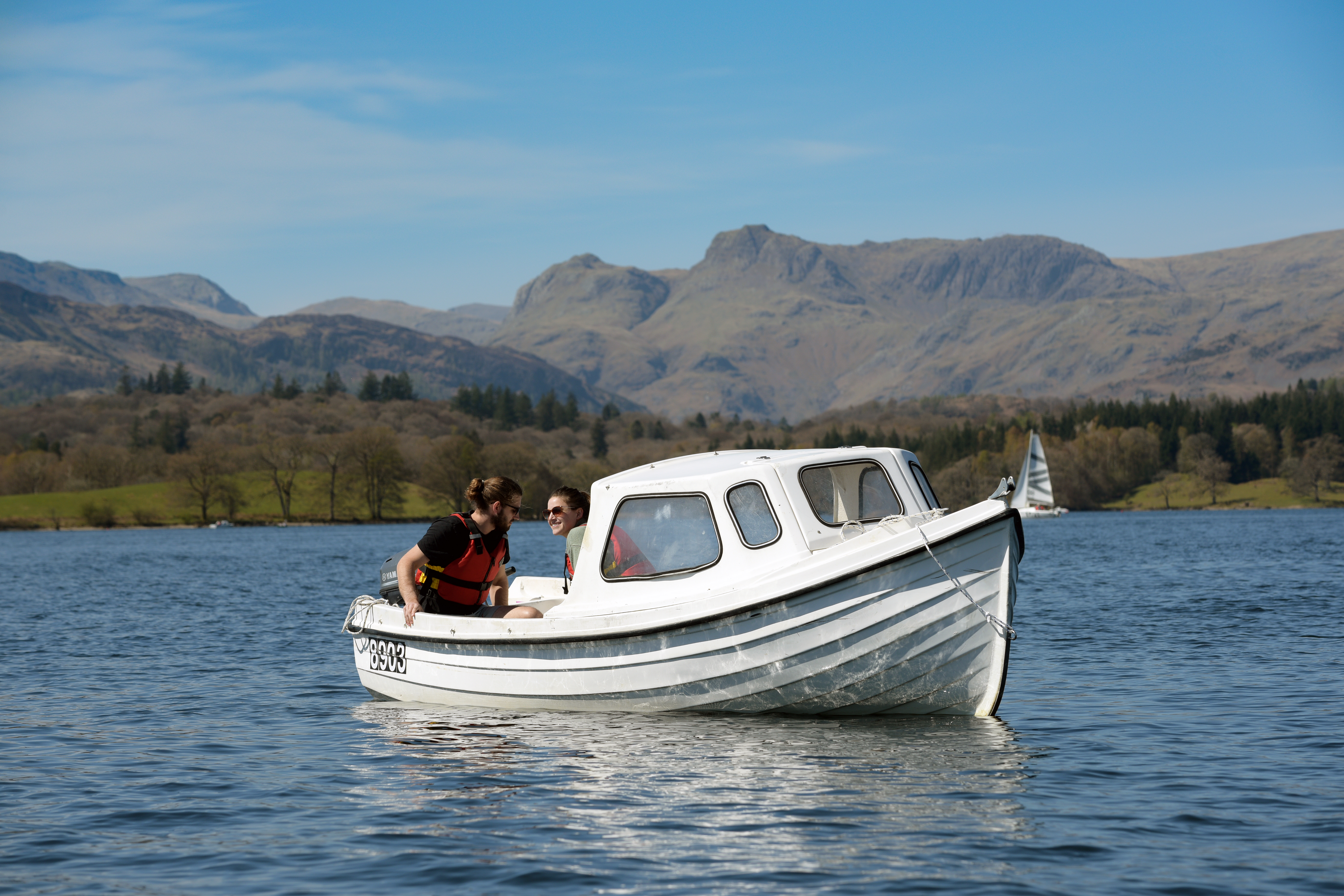
Discover boat hire and learn about permits on Bassenthwaite and Windermere, the lake byelaws and how to report an infringement, as well as important boat safety including the Boat Safe Code. Boating
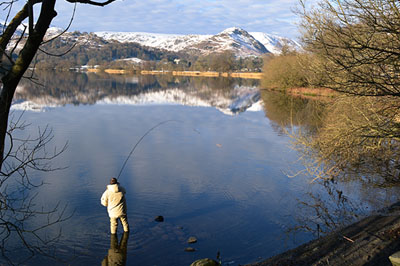
A guide to fishing in the Lake District National Park including our lakes and rivers. Read the code of conduct and find information on permits to fish at Bassenthwaite. Fishing
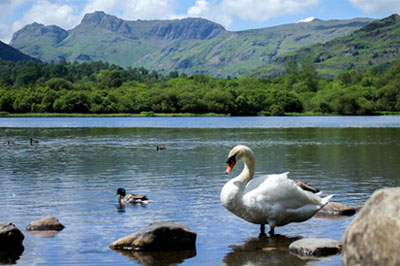
Invasive non-native species of wildlife can threaten wildlife in the Lake District, so here you'll find information on how to prevent spreading them when you visit rivers, tarns or lakes. Helping our wildlife

Are you a lover of the Lake District? Become an expert by being the first to hear about news and updates, learn about nature, wildlife and places to visit.
Subscribe to emails